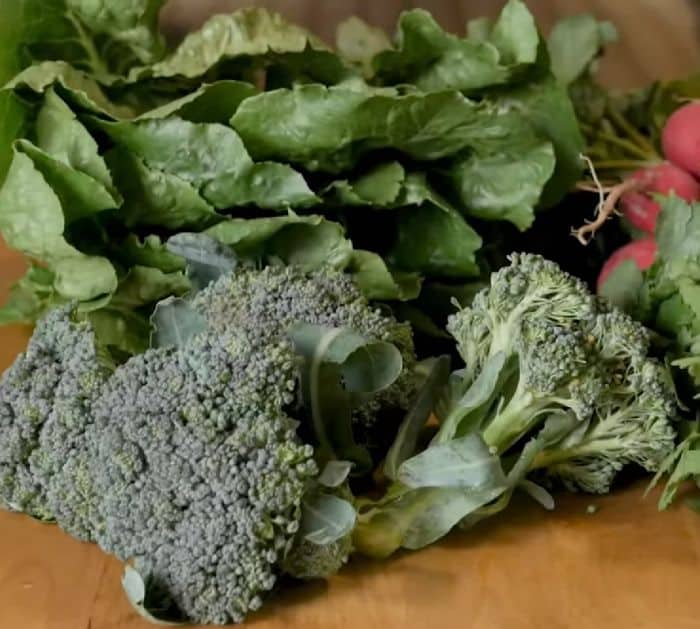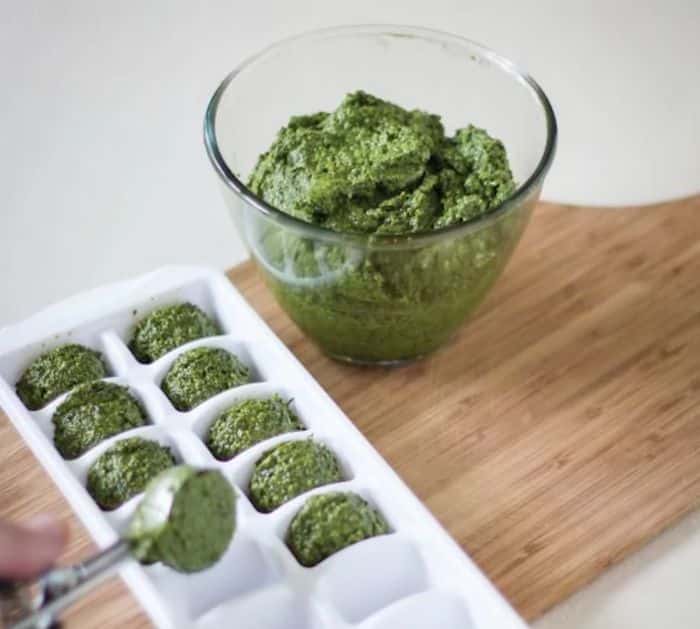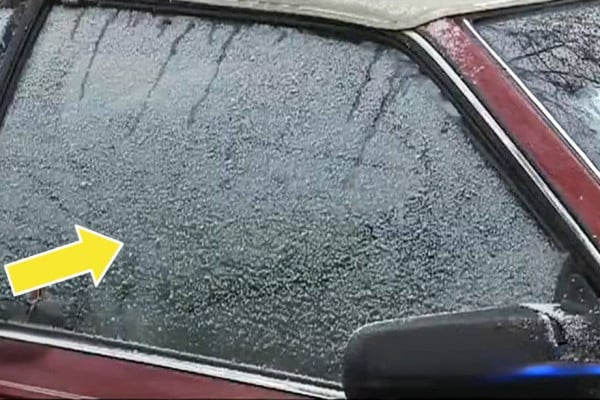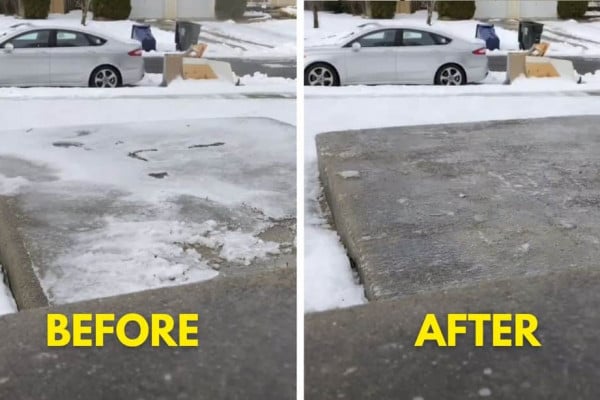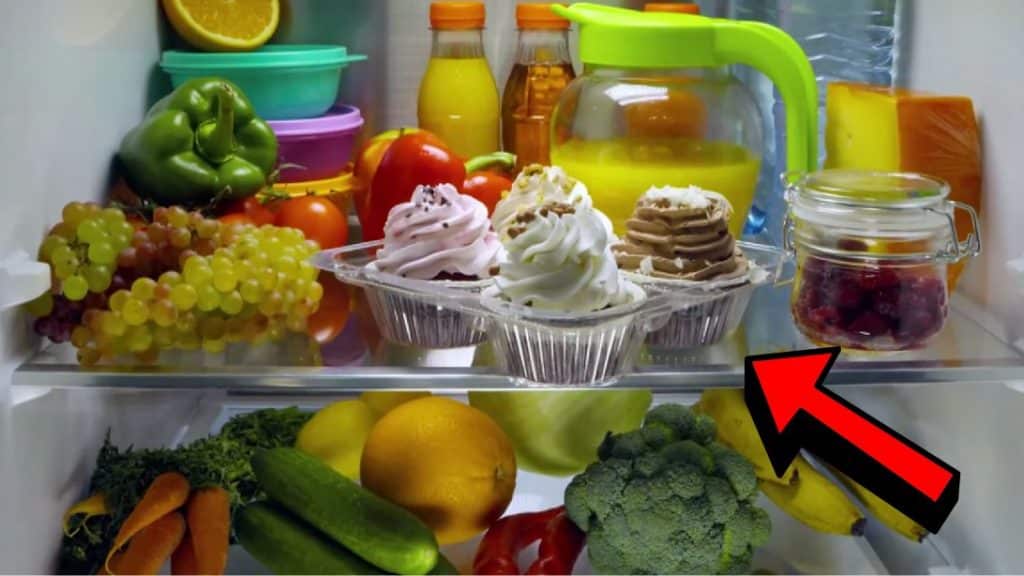
Freezing your food as well as leftovers is the best way to reduce food waste and extend its shelf life so you can still consume them when you want. This can also help you save money and make sure that your budget is well spent.
RELATED: 7 Tricks to Keep Your Food from Spoiling
These tips are very helpful and a must before you go grocery shopping, learn all of the tricks by reading the written instructions down below, and while you’re at it watch this video tutorial by Kitchen Gadgets Zone on YouTube as well.
Food-Freezing Tips and Hacks:
- Make Sure your Freezer is 0°F
- Don’t Put Hot Food in the Freezer
- Keep Your Freezer Well-Stocked
- Store Seasonal Fruits
- Freeze Vegetables
- Freeze Nuts
- Freeze Herbs
How to Freeze Food Properly:
#1: Make Sure your Freezer is 0°F
The most important thing is to make sure that your freezer is at zero degrees Fahrenheit and no more than 2 to 3 pounds of food should be stored per cubic foot of your freezer on a single occasion. Otherwise, the freezer would be overloaded rendering it problematic to maintain the required temperature. You can use a freezer thermometer once a month in the freezer.
#2: Don’t Put Hot Food in the Freezer
After cooking, don’t put hot food in the freezer, instead allow them to cool completely, placing warm food in the freezer can cause the other food inside to thaw. Also, you have to wrap and seal the food tightly either with foil, plastic, or freezer bags. This will protect your food from freezer burn and removing as much air from the bag of food using a vacuum sealer can also help extend its shelf life.
#3: Keep Your Freezer Well-Stocked
Keeping your freezer almost full can assist in maintaining your food’s coolness, make sure to place the newest food packages at the end of the freezer and move the older ones to the front of the freezer. Furthermore, always keep food with a higher risk of foodborne illnesses like meats near the back of the freezer where the temperature is more consistent, and reserve the door or the warmest place in your freezer for your alcohol.
#4: Store Seasonal Fruits
For freezing seasonal fruits, you have to wash them thoroughly, then follow a particular freezing formula, fruits can be packed in syrup or sugar, or completely unsweetened. Thaw frozen fruits in their freezer container and use them as soon as it is thawed for the best flavor and texture. You can use completely thawed fruits in sauces, pies, and other recipes that do not require proper texture.
#5: Freeze Vegetables
Wash the vegetables thoroughly and prepare them according to individual freezing recipes to ensure optimal taste color and texture. Most vegetables except peppers and onions are best blanched before freezing. Frozen vegetables are often cooked from the frozen state or thawed, the cooking time will also be shortened since they are already partially cooked during the blanching procedure. You can choose low-moisture veggies like carrots, broccoli, corn, and peas which are great options for freezing, and avoid lettuce, cucumbers, sprouts, celery, peppers, onions, and potatoes because they’re too high in water content.
#6: Freeze Nuts
Nuts are better off stored in the freezer because they’re high in oil and healthy fats which can easily go rancid from light and heat exposure. Additionally, whole grains are high in nutrients and oil which means that they are more at risk of spoiling if exposed to air, so you can freeze your grains to retain their spoilage time and help retain more nutrients like vitamin B6.
#7: Freeze Herbs
Fresh herbs can be stored in the freezer for up to 12 months, either blend the herbs into a pesto or chop them up, and blend them with oil. You can pour both pesto and herbs into an ice cube tray, and allow them to freeze. After freezing, you can move them to a plastic bag, then use one as needed in your recipe.
*All image credit belongs to Kitchen Gadgets Zone via YouTube. Follow and subscribe to their channel for more!
